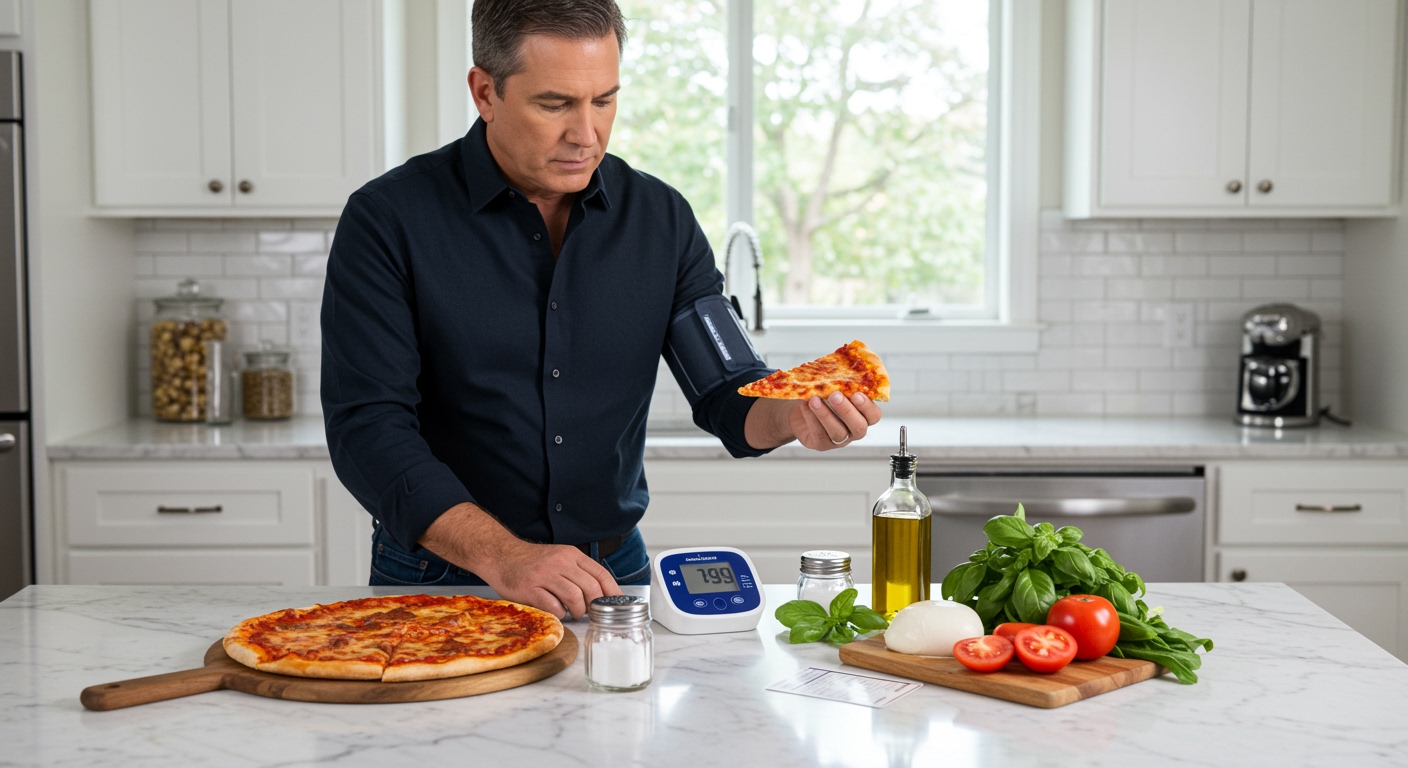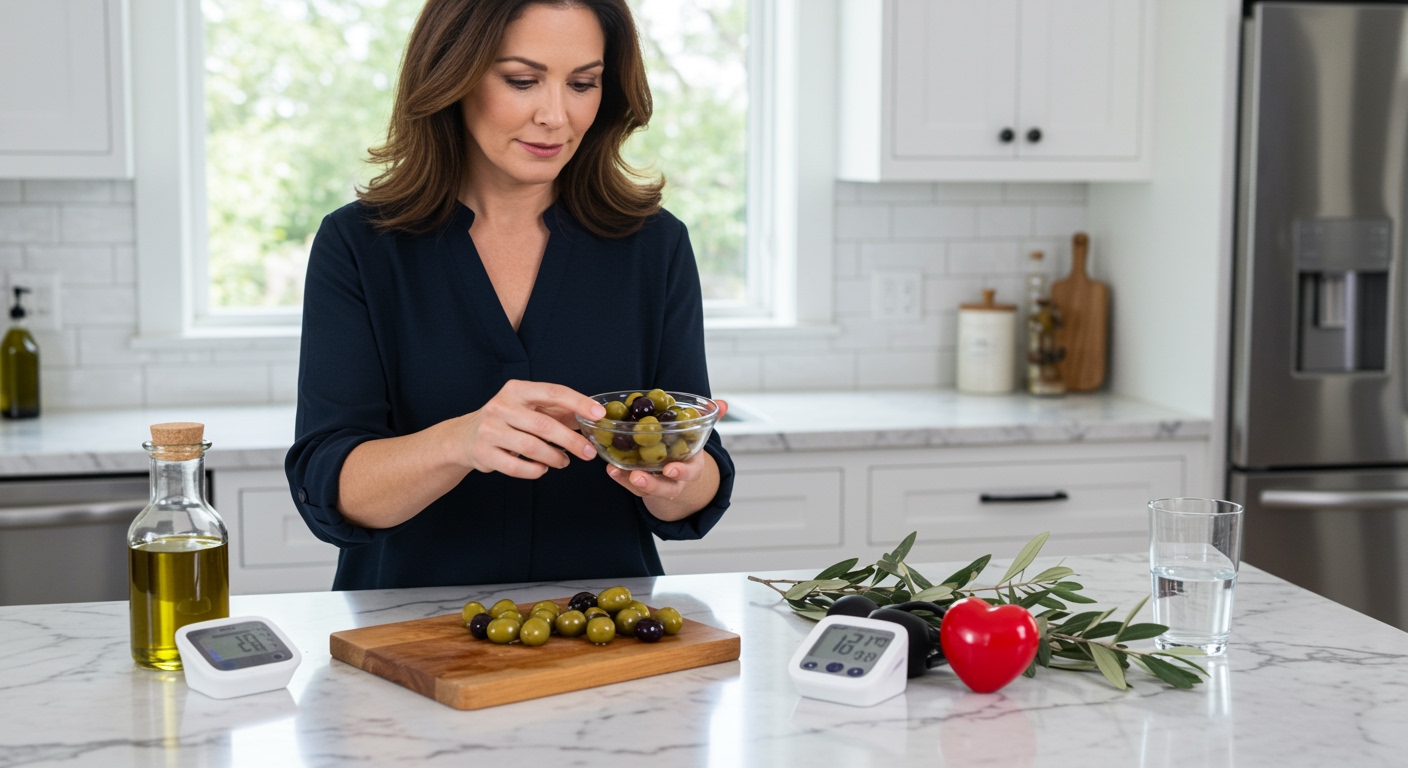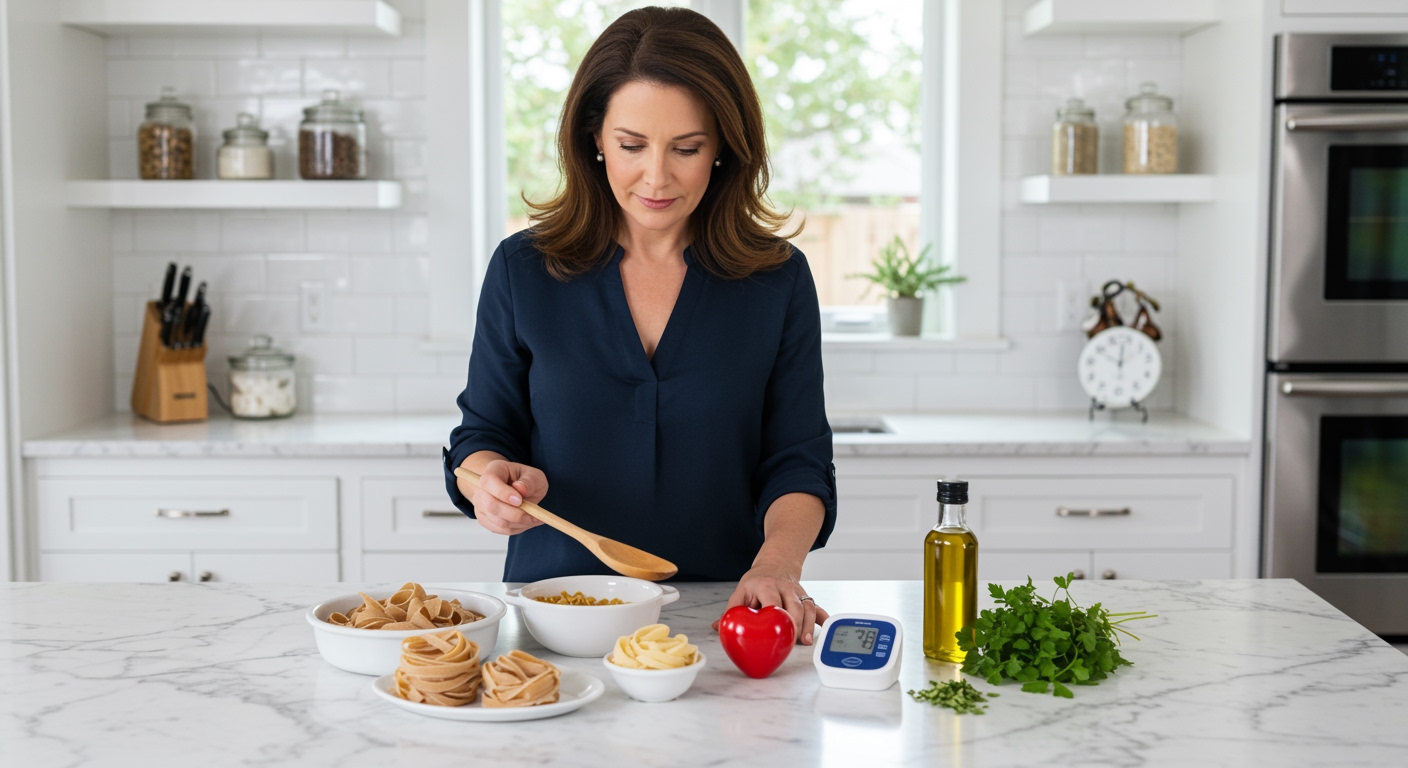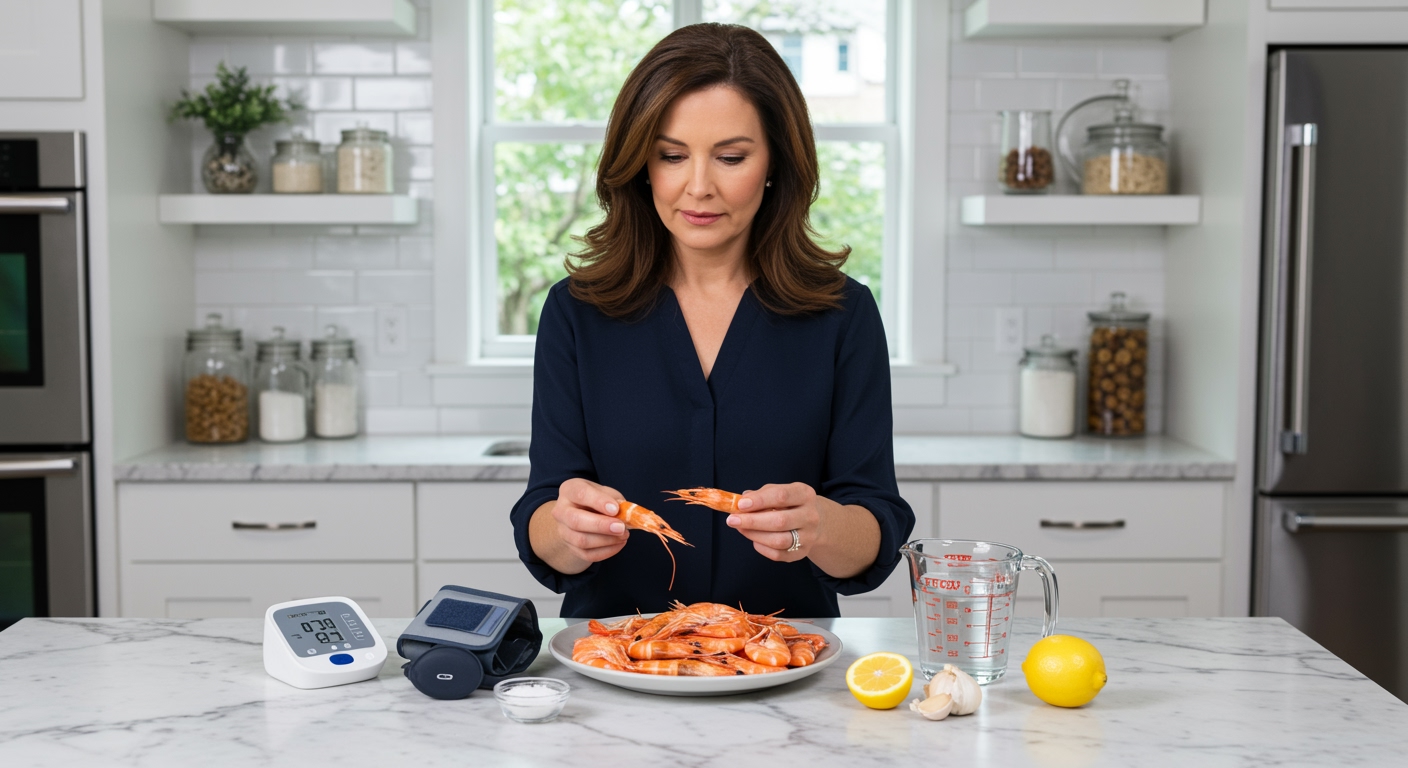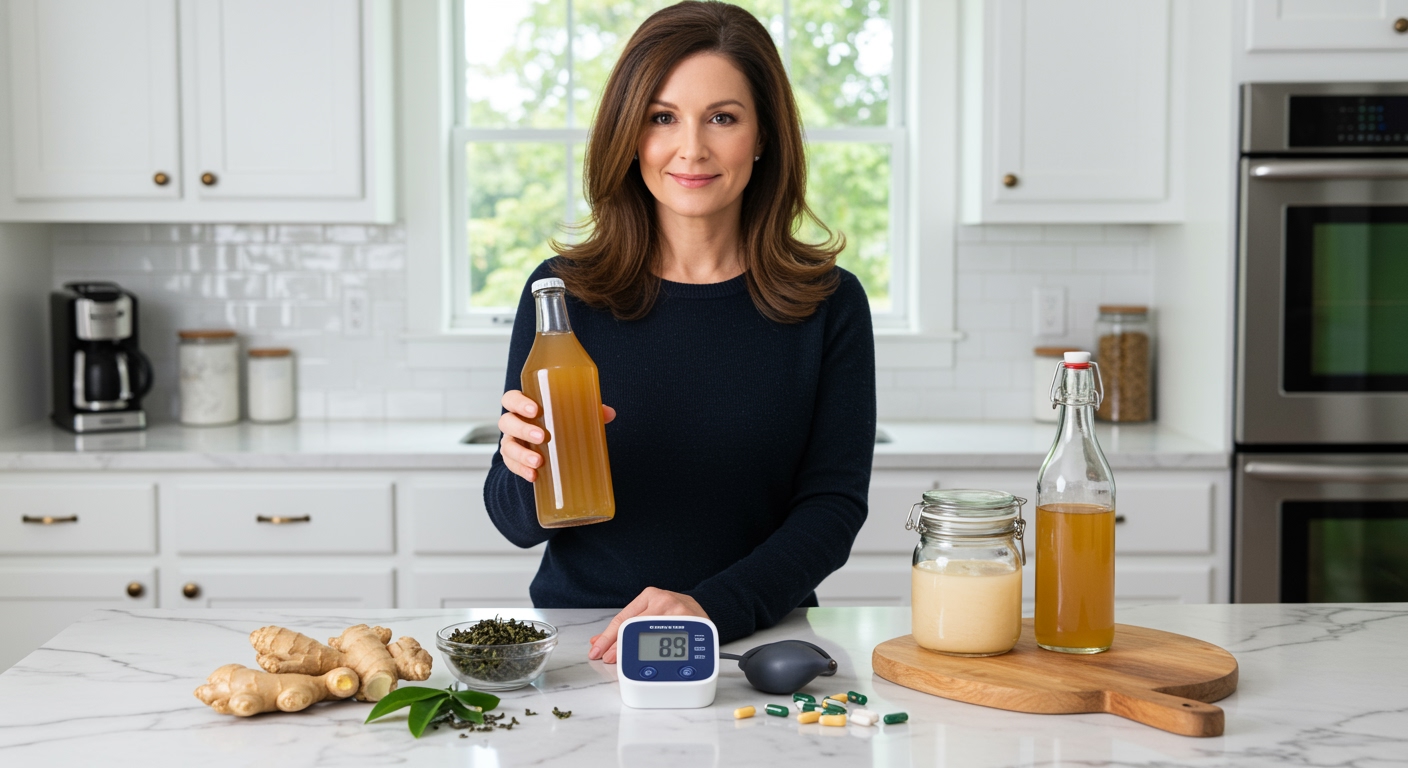✪ Key Takeaway: Pizza can raise blood pressure due to high sodium content, but healthier versions with fresh ingredients are possible.
Introduction
Your doctor just told you to watch your blood pressure, and now you are staring at your favorite pizza wondering if those days are over.
You might be asking this question because pizza seems to be everywhere in our daily lives, and giving it up feels impossible when you are trying to manage high blood pressure.
Hi, I am Abdur, your nutrition coach, and today I am going to explain exactly how pizza affects your blood pressure and show you ways to enjoy it without compromising your health.
Why Does Pizza Spike Blood Pressure?
The main culprit behind pizza raising your blood pressure is sodium, and most people have no idea how much they are consuming in a single slice.
A typical slice of pepperoni pizza contains between 600 to 1,500 milligrams of sodium, which is already half to three-quarters of your daily recommended limit.
The processed meats like pepperoni, sausage, and ham are loaded with sodium as preservatives, while the cheese adds another significant sodium boost to each bite.
Even the pizza sauce contains hidden sodium because manufacturers add salt to enhance flavor and extend shelf life.
When you consume this much sodium, your body retains more water to dilute the excess salt in your bloodstream.
This extra fluid increases the volume of blood flowing through your arteries, which forces your heart to work harder and raises your blood pressure within hours of eating.
✪ Fact: Two slices of pizza can contain more sodium than eating a bag of potato chips.
Which Pizza Ingredients Are The Worst Offenders?
Processed meats top the list as the biggest blood pressure villains on your pizza, with pepperoni containing about 400 milligrams of sodium per ounce.
Sausage, bacon, and ham follow closely behind because these meats are cured with large amounts of salt and chemical preservatives like sodium nitrate.
The cheese blend used on most commercial pizzas is another major contributor, especially processed mozzarella that can contain 200 milligrams of sodium per ounce.
Pizza sauce might seem innocent, but most commercial varieties pack 300 to 600 milligrams of sodium per half cup due to added salt and preservatives.
Even the pizza dough contains sodium because salt is essential for gluten development and flavor, adding another 200 to 400 milligrams per slice.
Surprisingly, vegetables like olives and pickled peppers can also spike sodium levels because they are preserved in brine solutions.
The combination of all these ingredients creates a sodium bomb that can send your blood pressure soaring for hours after your meal.
✪ Pro Tip: Always ask for half the cheese and skip processed meats to cut sodium by 40 percent.
Can You Make Pizza Blood Pressure Friendly?
You absolutely can enjoy pizza while managing high blood pressure by making smart ingredient swaps that dramatically reduce sodium content.
Start with a whole wheat crust or cauliflower base, which naturally contains less sodium than traditional white flour crusts and provides additional fiber benefits.
Replace processed meats with fresh grilled chicken, turkey, or plant-based proteins that contain 70 percent less sodium than their processed counterparts.
Use fresh mozzarella instead of processed cheese blends, as fresh varieties contain significantly less sodium and provide better flavor.
Make your own sauce using fresh tomatoes, herbs, and minimal salt, or look for no-salt-added commercial varieties that taste just as good.
Load up on fresh vegetables like bell peppers, mushrooms, spinach, and tomatoes, which add flavor, nutrients, and natural potassium that helps counteract sodium effects.
Consider using herbs and spices like oregano, basil, garlic, and red pepper flakes to boost flavor without adding any sodium to your pizza.
✪ Note: Homemade pizza can contain 60 percent less sodium than restaurant versions when made thoughtfully.
How Much Pizza Is Safe With High Blood Pressure?
The key to enjoying pizza with high blood pressure is portion control and frequency rather than complete elimination from your diet.
One slice of a healthier homemade pizza once or twice per week fits well within a blood pressure-friendly eating pattern when balanced with other low-sodium meals.
If you choose restaurant pizza, limit yourself to one slice maximum and pair it with a large salad to help balance the sodium load with potassium-rich vegetables.
Timing matters too because eating pizza earlier in the day gives your body more time to process the sodium before bedtime when blood pressure naturally rises.
Always drink plenty of water before, during, and after eating pizza to help your kidneys flush out excess sodium more efficiently.
Monitor your blood pressure for 24 hours after eating pizza to understand how your body responds and adjust your portions accordingly.
Remember that pizza should be an occasional treat rather than a regular meal when you are managing high blood pressure for long-term health success.
✪ Pro Tip: Track your blood pressure readings after pizza meals to find your personal tolerance level.
The Bottom Line
Pizza does not have to be completely off-limits when you have high blood pressure, but it requires thoughtful choices and moderation to enjoy safely.
The best health decisions happen when you understand your food rather than fear it, and pizza can fit into a blood pressure-friendly lifestyle with the right approach.
I would love to hear about your experience with pizza and blood pressure management, so please share your questions, tips, or feedback in the comments below.
References
At NutritionCrown, we use quality and credible sources to ensure our content is accurate and trustworthy. Below are the sources referenced in creating this article:
- National Heart, Lung, and Blood Institute: Your Guide to Lowering Your Blood Pressure with DASH
- Healthline: Foods to Avoid with High Blood Pressure
- WebMD: Worst Foods for High Blood Pressure
- American Heart Association: Shaking the Salt Habit to Lower High Blood Pressure
